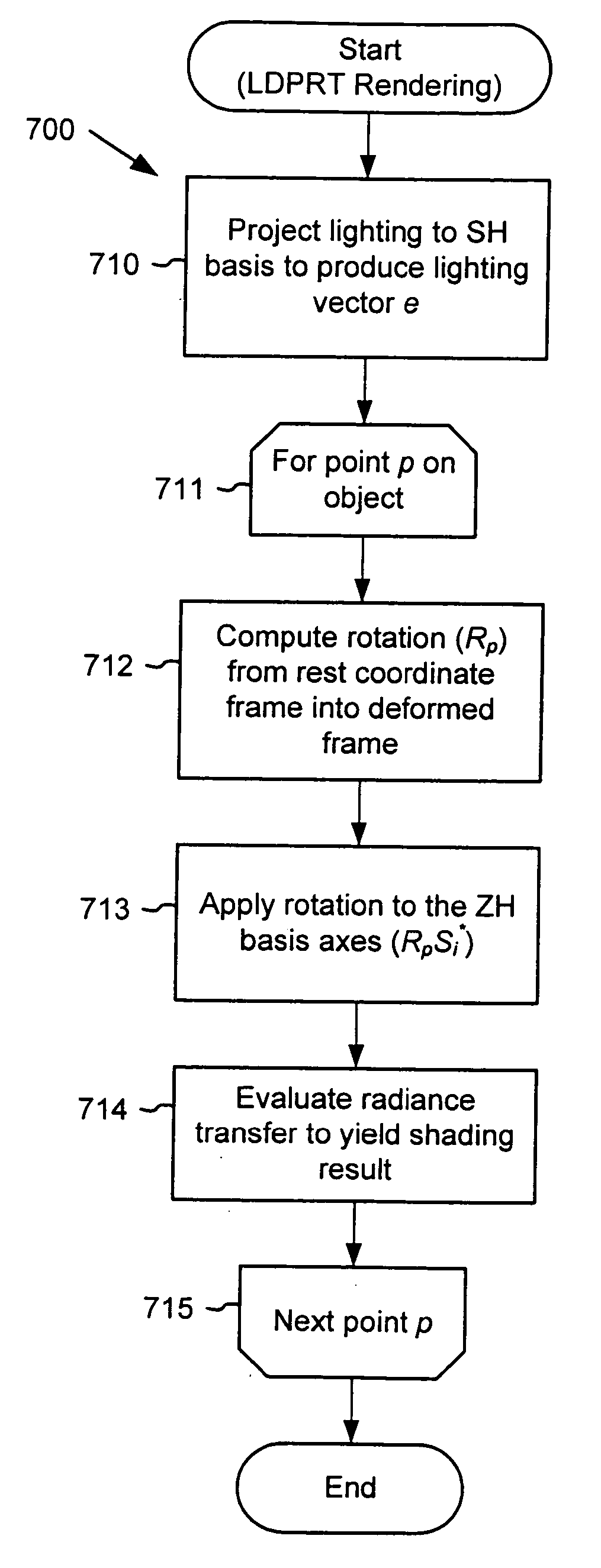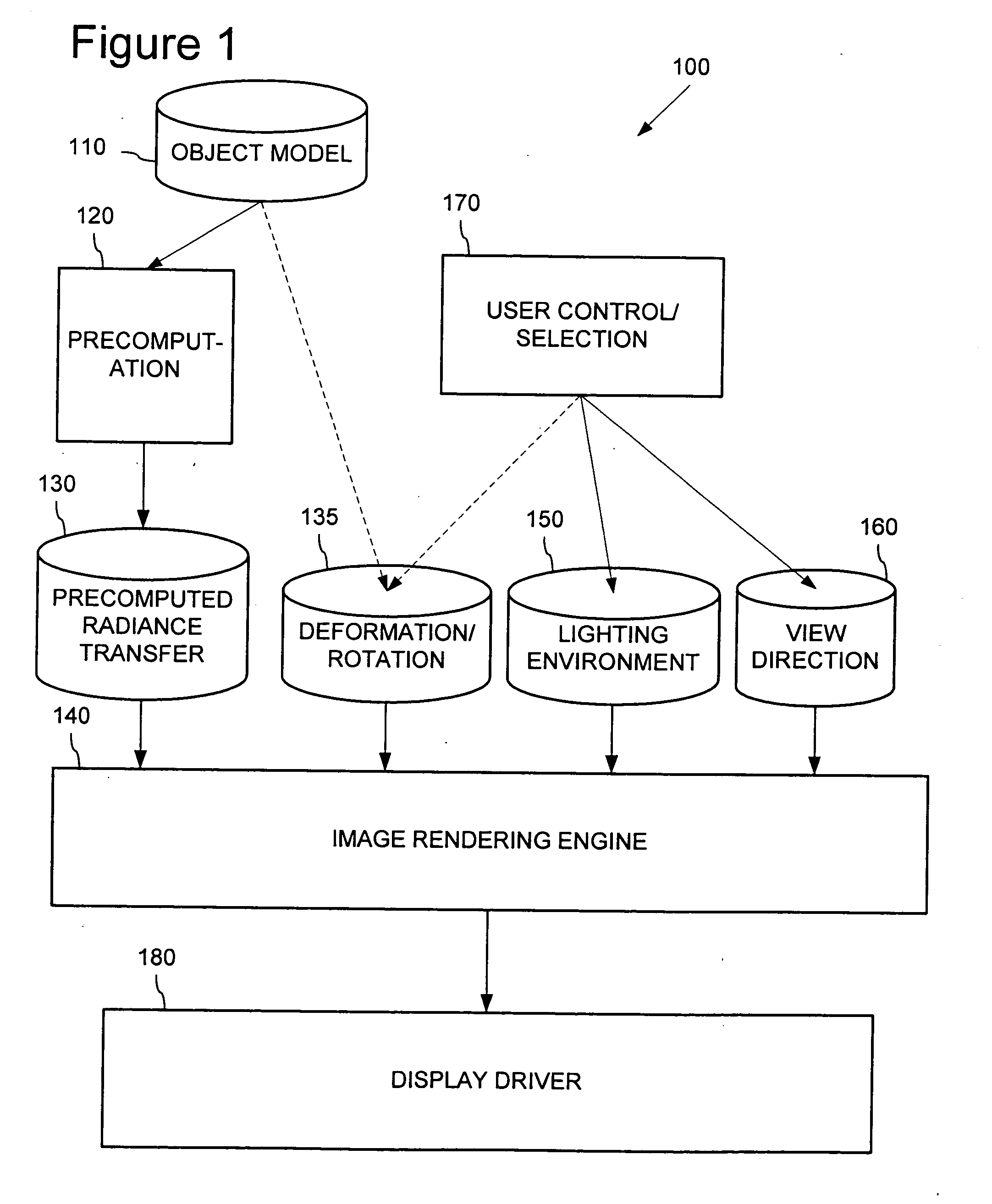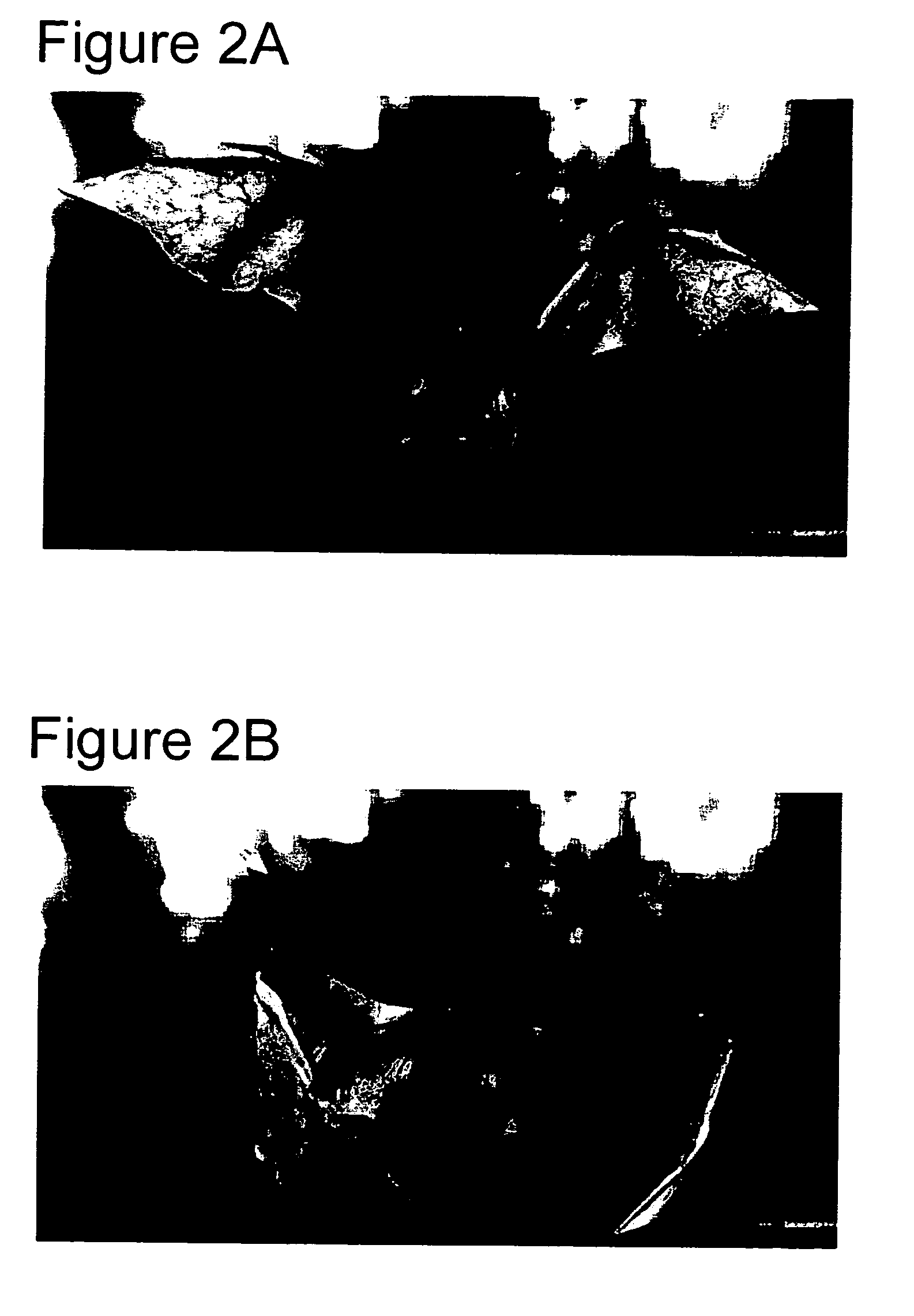Local, deformable precomputed radiance transfer
- Summary
- Abstract
- Description
- Claims
- Application Information
AI Technical Summary
Benefits of technology
Problems solved by technology
Method used
Image
Examples
Embodiment Construction
1. Computer Graphics Image Rendering System Overview
[0029] With reference to FIG. 1, a software architecture of a computer graphics image rendering system 100 provides image rendering of a modeled object with a local, deformable precomputed radiance transfer (LDPRT) image rendering technique described herein. In general, the software architecture includes a radiance transfer precomputation 120, an image rendering engine 140, and a graphics display driver 180. In the local, deformable precomputed radiance transfer rendering technique described more fully below, the precomputation 120 performs a pre-processing stage of the technique, which precomputes radiance self-transfer (PRT) data 130 from a geometric object model 110. The geometric model 110 can be a triangulated mesh, wavelet composition, or any other representation of the geometry of the object being modeled, as well as a height field or other model of the meso-scale structure of the object. The image rendering engine 140 the...
PUM
 Login to View More
Login to View More Abstract
Description
Claims
Application Information
 Login to View More
Login to View More - R&D
- Intellectual Property
- Life Sciences
- Materials
- Tech Scout
- Unparalleled Data Quality
- Higher Quality Content
- 60% Fewer Hallucinations
Browse by: Latest US Patents, China's latest patents, Technical Efficacy Thesaurus, Application Domain, Technology Topic, Popular Technical Reports.
© 2025 PatSnap. All rights reserved.Legal|Privacy policy|Modern Slavery Act Transparency Statement|Sitemap|About US| Contact US: help@patsnap.com



